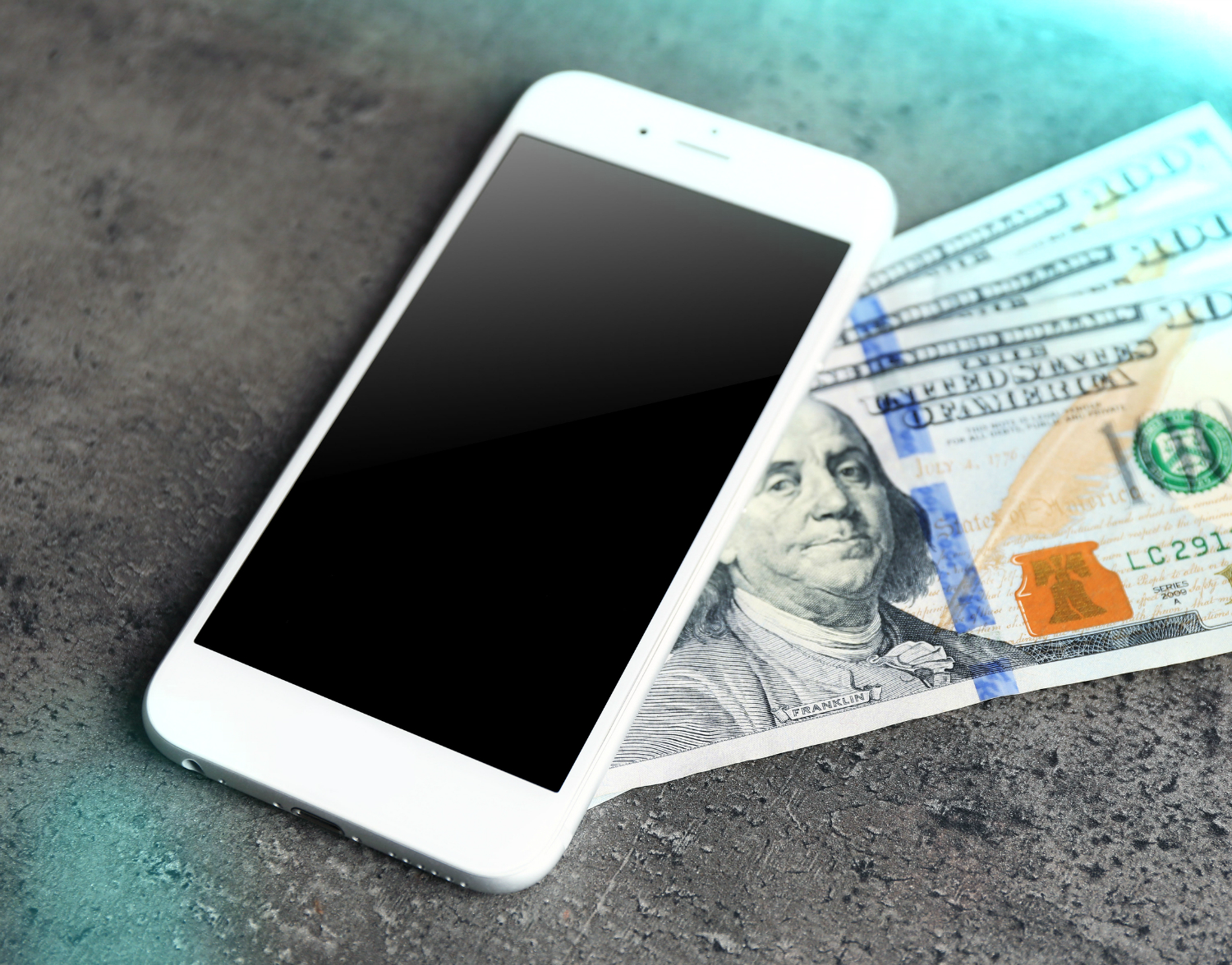
It’s planning season for financial institutions, and decisions concerning mobile banking and mobile lending are on the top of the list at most strategic planning meetings. financial institutions agree that these technologies are essential, but the reasons are not always so clear. We see the rise in social media and the need to appeal to younger members. We understand that technology is changing the way members access financial services. But how can you reliably estimate the impact of mobile lending upon your credit union? Without a reliable estimate, it’s difficult to justify the cost.
1. Understand which demographics are changing and then project those changes on to your membership. But be careful in drawing conclusions. Credit unions with aging members should not assume that mobile technologies only target the young. However resistant to adoption, older members will depend increasingly upon mobile technology as they live longer lives, and as their mobility declines. Consideration of demographics like this can illuminate a long-term vision for mobile lending.
2. Gauge your members’ susceptibility to competing alternatives. It’s a strong bet that your neighborhood loan shark is now found in the app store. Whether from some obscure shadow banking outlet or from a major player like Quicken or Google, members have many new sources of cash. Take the time to understand these encroaching services and assess the extent to which your members are susceptible to them. As you do so, you will see opportunities to differentiate and better estimate demand for your mobile loan offerings. For example, financial institutions who offer remote control cards enjoy a distinct competitive advantage in promoting credit card loans to members who travel, or who shop online or who might be otherwise uniquely exposed to fraud risk.
3. Target your members, not their stereotypes. A recent study around the use of big-data reveals that “interests, opinions, and overt behaviors are a much better indicator of customer demand” than traditionally-defined market segments. In other words, indicators like income, ethnicity or education matter much less than your member’s personal credit score, substance abuse record, workplace habits or spending patterns. While most financial institutions think big-data is something accessible only by government entities and internet wizards, it’s really not. Big-data is any resource that helps you construct an intimate picture of how your members behave and what motivates them. As you analyze the information you already possess in your loan portfolio and account records, you will better see how those pictures of your members fit into your strategic landscape for mobile lending.
Don’t lose the forest in the trees. Most Americans now own a smartphone and mobile usage will soon overtake PC usage on the internet. Nearly 70% of online product searches lead to action within an hour and mobile loan products should be no exception.
you may also like
7 Reasons Personal Finance Management (PFM) Sucks
7 Reasons Personal Finance Management (PFM) Sucks PFM (Personal Financial Management) refers to financial technology that helps…
Mobi¢int Welcomes Members Credit Union
Sandy, UT (August 2017) — The Cos Cob, Connecticut-based credit union chose to implement mobi¢int for their…










